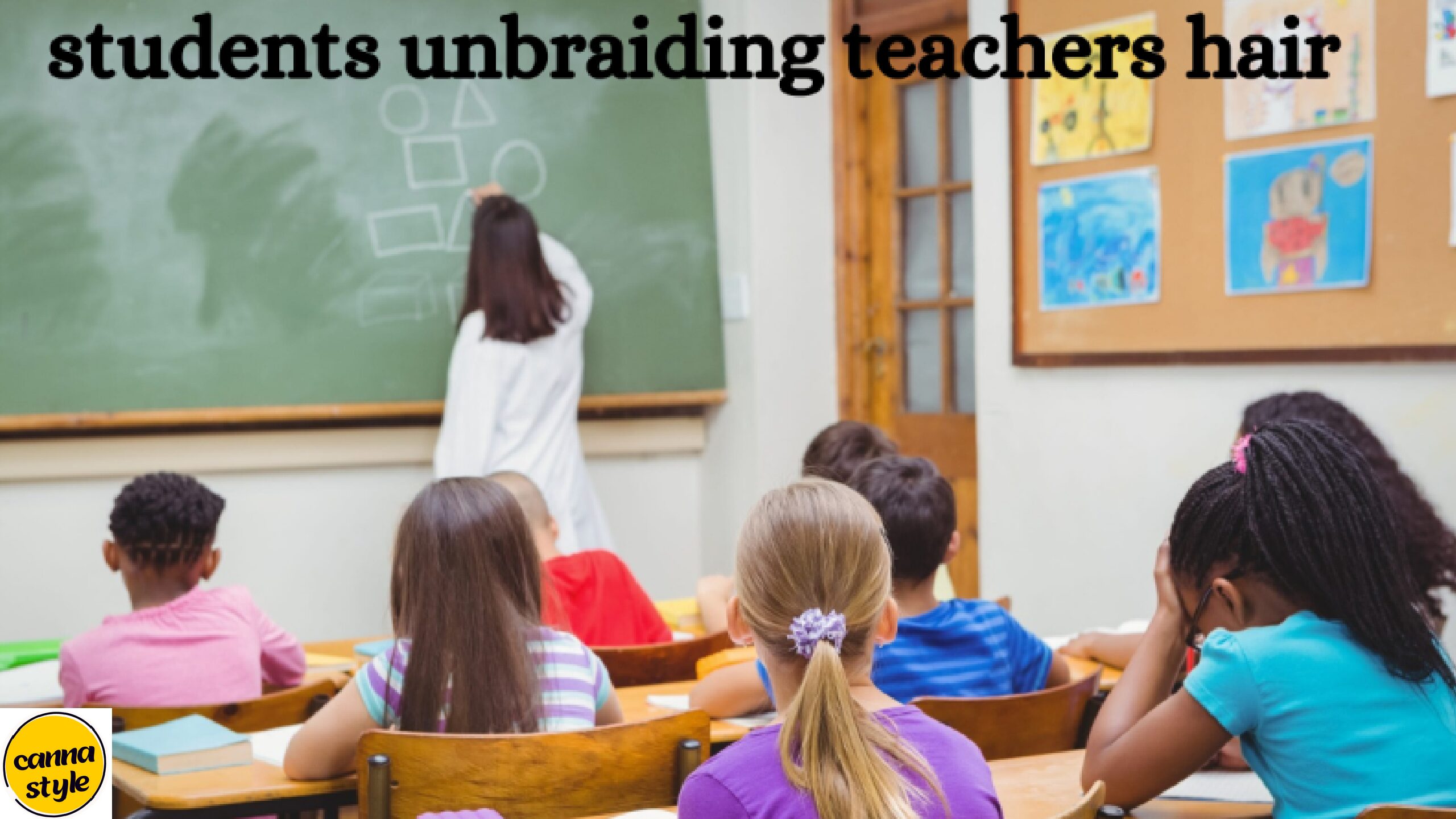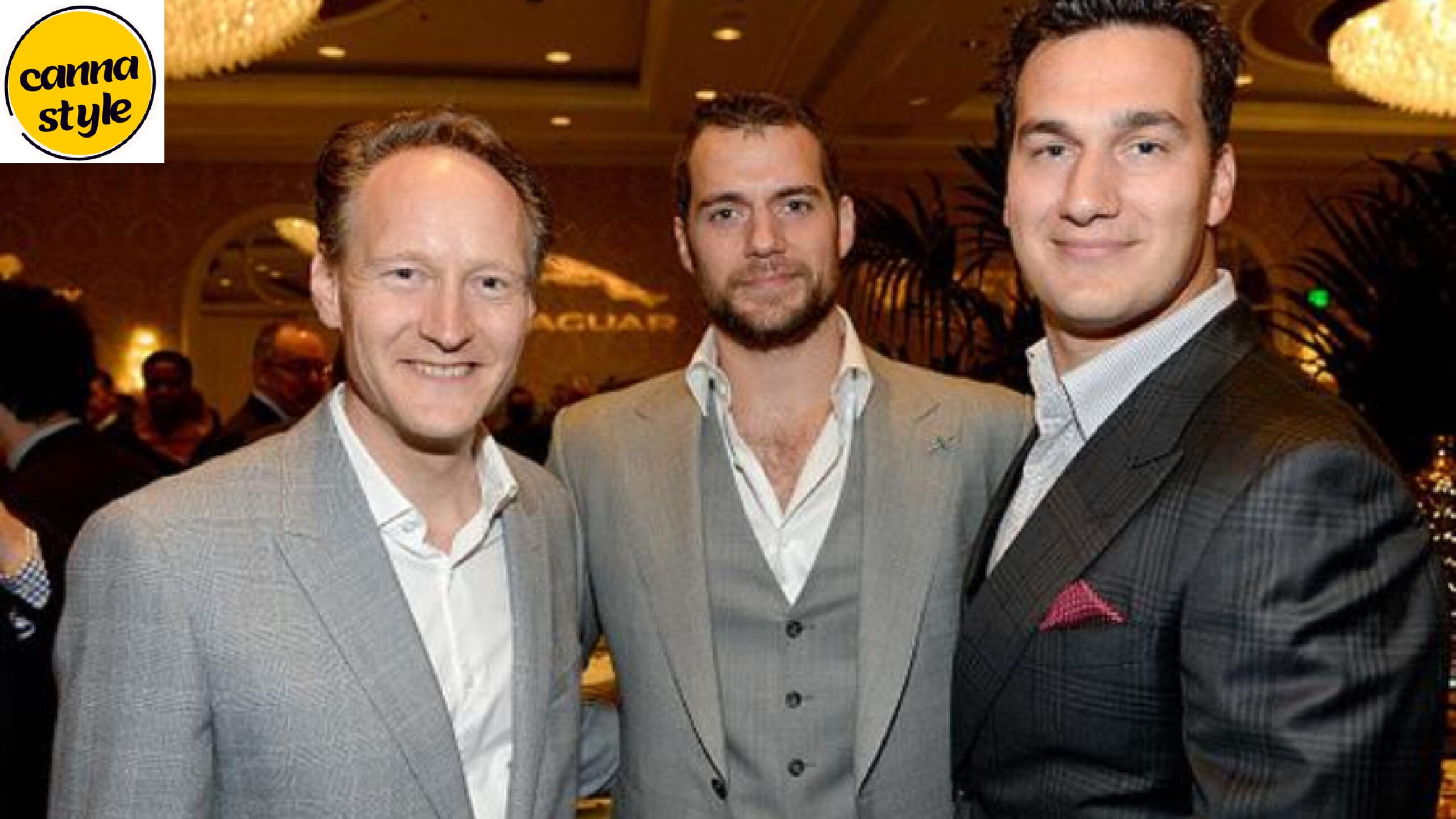In recent months, a curious trend has emerged in colleges across the globe: students unbraiding their Teachers’ hair. This phenomenon, at the same time whimsical, has sparked a captivating discussion approximately the evolving dynamics between students and teachers. This article delves into the origins, implications, and societal reactions to this fashion, exploring its effect on conventional teacher-student dating.
Background of the Trend
Historical Context
The act of unbraiding hair is deeply rooted in diverse cultures, frequently symbolizing exclusive rites of passage, social rituals, or personal connections. Historically, hair has held massive cultural value, and the act of unbraiding has been visible as an intimate and agree with-based totally gesture in lots of societies.
Evolution in Modern Education
In the context of modern-day schooling, the culture of college students unbraiding instructors’ hair is noticeably new and unexpected. This fashion has advanced as a part of broader modifications in pupil-trainer relationships and schoolroom dynamics, reflecting shifting norms and attitudes toward authority and recognition.
Unpacking the Trend
Cultural Influences
Social Media and Viral Trends
The function of social media in amplifying and spreading trends cannot be understated. Platforms like TikTok and Instagram have played a giant function in popularizing the act of unbraiding instructors’ hair, often via viral motion pictures and memes.
Representation in Media
Media portrayals of unconventional student-teacher interactions contribute to shaping public perceptions. Movies, television shows, and online content that highlight these dynamics can influence real-life behaviors and attitudes.
Psychological Aspects
Power Dynamics
Students Unbraiding Teachers’ Hair may challenge traditional power dynamics within the classroom. This act can symbolize a shift in how students perceive authority figures and interact with them.
Trust and Bonding
For some Students Unbraiding Teachers’ Hair may represent a form of bonding or trust. It can be seen as a gesture of familiarity and comfort, reflecting a close and supportive classroom environment.
Implications for the Classroom Environment
Impact on Teacher-Student Relationships
Enhanced Connection
In some cases, the act of unbraiding hair might foster a stronger connection between students and teachers, leading to improved communication and understanding.
Potential Discomfort
Conversely, some educators may additionally discover this fashion uncomfortable or beside the point. The private nature of the act may blur professional boundaries and affect the trainer’s comfort stage within the classroom.
Classroom Management
Adjusting Rules and Expectations
Schools may need to adapt their policies and rules to address new trends and ensure that classroom interactions remain respectful and professional.
Training and Support
Educators can also benefit from schooling and support to navigate evolving scholarly behaviors and maintain nice and efficient mastering surroundings.
Case Studies and Real-Life Examples
Positive Experiences
Schools Embracing the Trend
Some faculties have embraced the fashion, viewing it as a possibility to construct stronger relationships between students and teachers. These establishments record high-quality effects, along with accelerated student engagement and more supportive lecture room surroundings.
Personal Stories
Several instructors have shared their experiences of the way this trend has positively impacted their interactions with students, main to significant connections and a more inclusive schoolroom surroundings.
Challenges and Concerns
Instances of Misconduct
In certain cases, the trend has led to uncomfortable situations or misunderstandings, highlighting the need for clear boundaries and guidelines.
Balancing Professionalism and Personal Interaction
Educators and administrators must discover a balance between fostering private connections and preserving expert obstacles inside the lecture room.
Expert Insights
Educators’ Perspectives
Positive Feedback
Some educators appreciate the fashion for its potential to beautify scholar-instructor relationships and create an extra relaxed and tasty mastering environment.
Concerns and Reservations
Others express concerns about the potential for the trend to undermine authority and professional boundaries, emphasizing the importance of maintaining respect and decorum.
Sociologists’ Views
Social Dynamics
Sociologists suggest that this trend reflects broader societal shifts towards greater informality and mutual respect in professional relationships.
Cultural Significance
Experts also point out that the trend may be indicative of changing cultural attitudes towards hierarchy and authority in educational settings.
Conclusion
Summary of Key Points
The trend of students unbraiding instructors’ hair represents a charming shift in the dynamics of pupil-trainer interactions. While it offers possibilities for more suitable connections and expertise, it additionally gives challenges related to professionalism and boundary-placing.
Call to Action
Educators, college students, and directors must approach this trend with an open mind, balancing the blessings of personal connection with the want for preserving expert requirements. Continued communicate and mirrored image on these evolving dynamics will assist form nice and respectful study room environments.
FAQs
What is the origin of the trend of students unbraiding teachers’ hair?
The trend has gained popularity through social media platforms, where viral videos and memes have showcased this act. It reflects broader changes in student-teacher relationships and cultural attitudes.
How does this trend impact teacher-student relationships?
The trend can enhance connections by fostering trust and familiarity, but it may also blur professional boundaries, potentially leading to discomfort for some educators.
Are there any specific challenges associated with this trend?
Challenges include maintaining professional boundaries, addressing potential discomfort, and ensuring that classroom interactions remain respectful and appropriate.
How should schools address this trend?
Schools should establish clear policies and guidelines to manage the trend while fostering a positive and supportive classroom environment. Educators may also benefit from training to navigate evolving student behaviors effectively.







